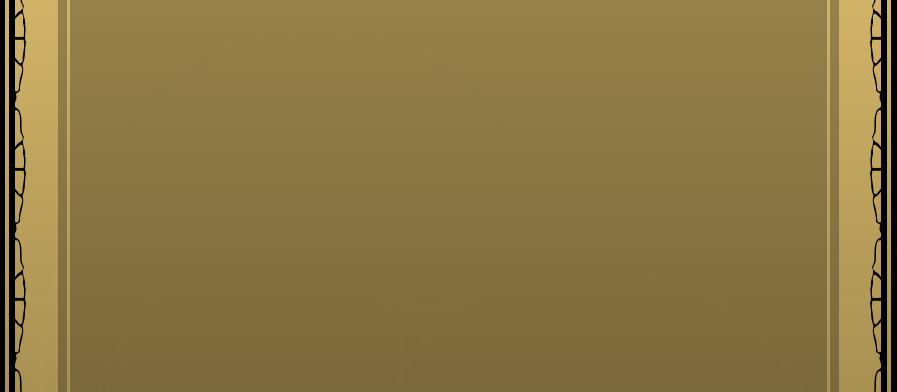|
It is in Lorraine that the turlutaine or serinette appeared at the beginning of the 18th century. Probably inspired by a fashion of the Court of King Stanislas of Nancy, it was mainly manufactured in Mirecourt. So well described in the "Art du
facteur d'orgues" from dom Bedos
de Celle (1766), this small organ with tin pipes, equipped with a pointed
cylinder driven by a crank, was first of all intended to give music lessons to
the Canary serins, which were then in vogue among the nobility and the upper
middle classes. In his "Traité des serins", Hervieux de Chanteloup (1745)
indicates the very detailed way of using it. Already in 1737, the serinette was in a
good place at the house of the sieur Louis-Pierre Alba "on a table between
chairs at the point of Hungary". Musical genres evolved over the years: in the 18th century the repertoires mainly mentioned marches, preludes, jigs and menuets. Later on, vaudeville tunes and finally popular and childish tunes. The last ones produced shortly before 1914 were even sold as toys in the "Manufrance" catalogues! At the end of the 18th and the beginning of the 19th century, a great activity developed in the building of barrel organs of all sizes and uses. Wooden pipe registers were then added, allowing for richer sounds. Some even received wooden or brass trumpet registers, as well as percussion. Some mechanical organs were built for religious use, at the request of the clergy: cylinder organs (Moussey) or dual-purpose cylinder organs with manual keyboard. Nicolas Antoine Lété (1793-1872), Didier Poirot (1806-1894) or Clément-Dumont associated in 1832, were the most famous organ builders. In the second half of the 19th century,
in addition to the building of small street organs, the Concert Militaire
appeared. As its name suggests, it had a fanfare function and was particularly
furnished with trumpets, cornets and fife, drum and cymbal, with a repertoire
mainly composed of marches, quadrilles and waltzes. If, until then, all these organs had
functioned thanks to the system of the pointed cylinder, a revolution appeared
with the application by Gavioli, shortly before 1900, of the perforated
cardboard borrowed from the so-called Jacquard looms. This system was
immediately adopted by the great Parisian organ builders as well as by Poirot
Frères in Mirecourt. Françoise Dussour |

| From the Serinette to the Fair Organ |
 |





